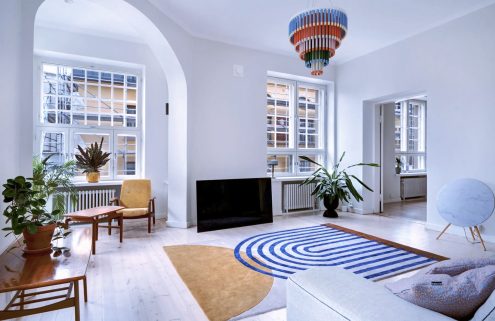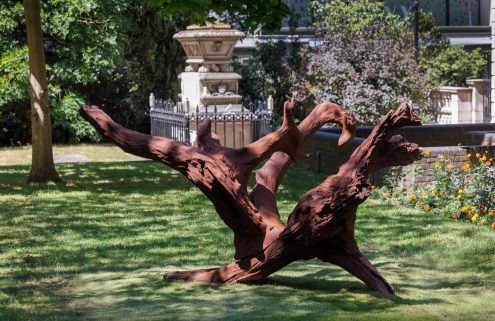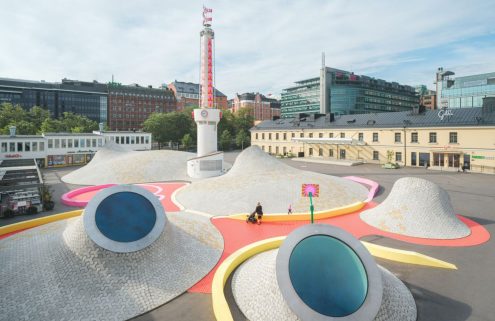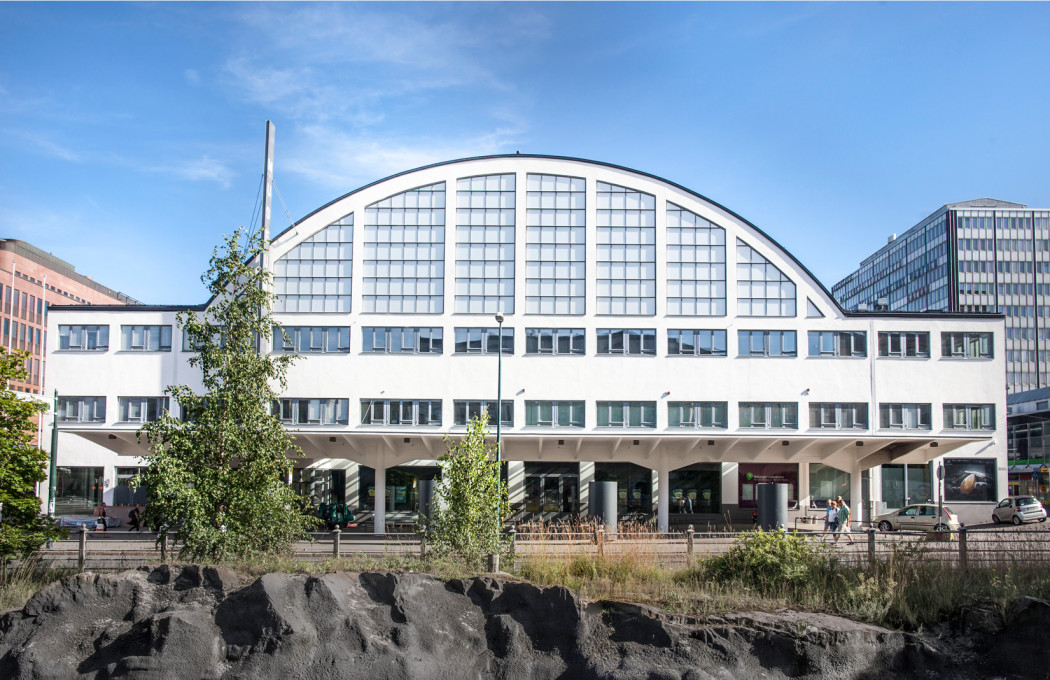
Photography: HAM / Maija Toivanen
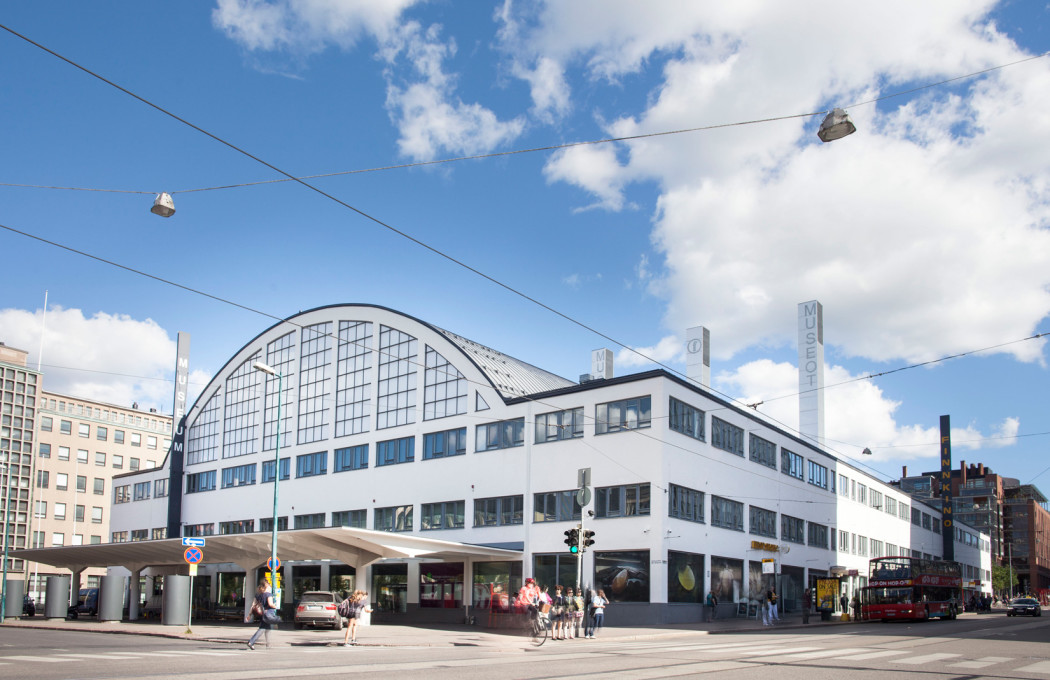
Photography: HAM / Maija Toivanen
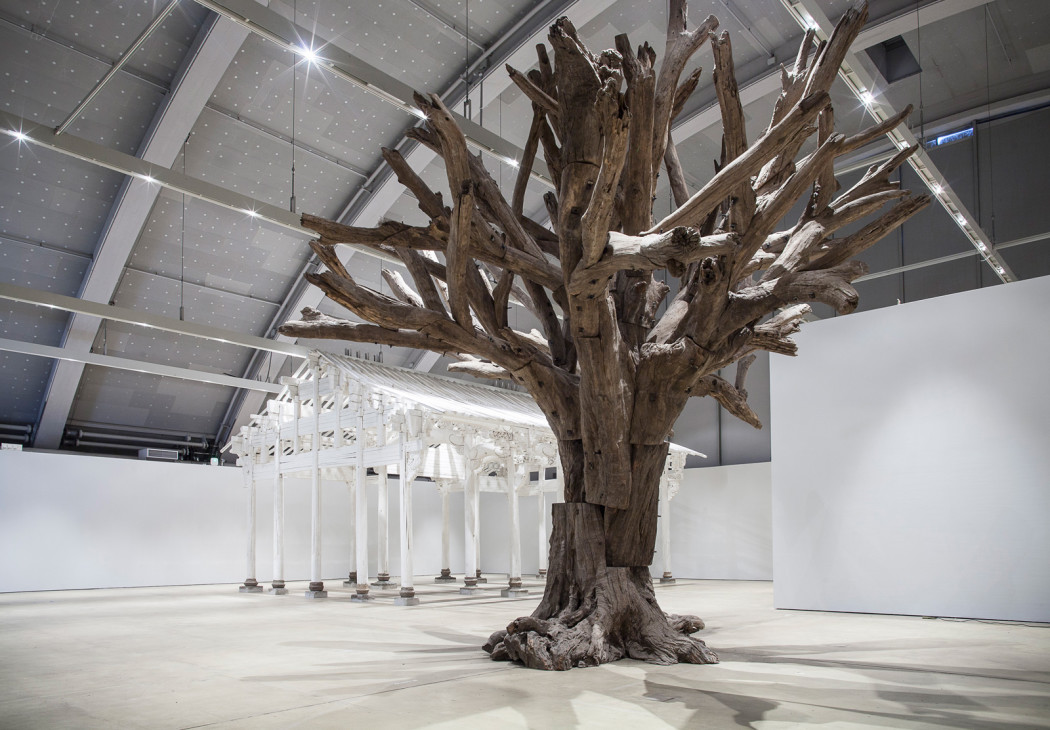
‘Tree’ by Ai Weiwei, 2010. Photography: HAM / Maija Toivanen
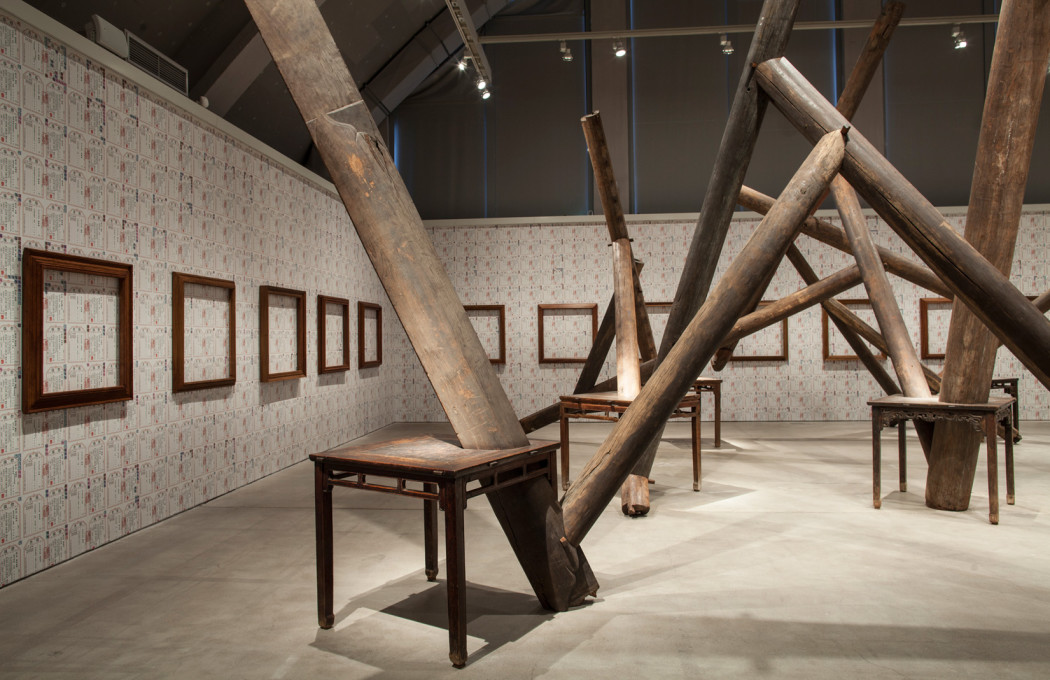
‘Through’, 2007, ‘Frames’, 2013 and ‘IOU Wallpaper’, 2011-2013 by Ai Weiwei. Photography: HAM / Maija Toivanen
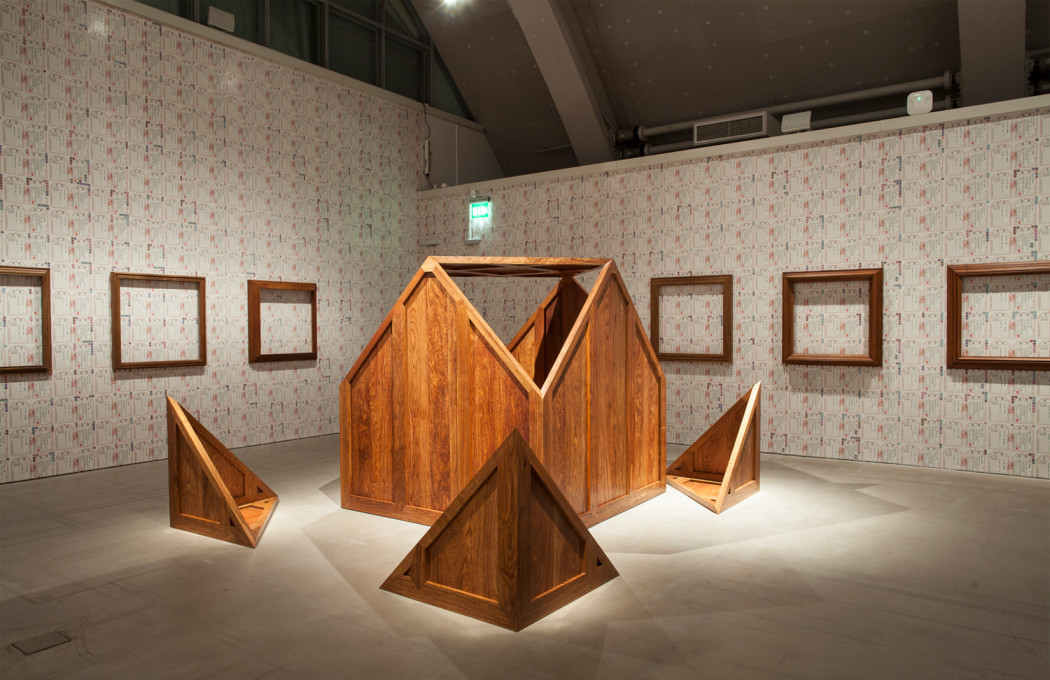
‘Container’, 2013, ‘Garbage Container’, 2014 and ‘Treasure Box’, 2014. by Ai WeiWei. Photography: HAM / Maija Toivanen
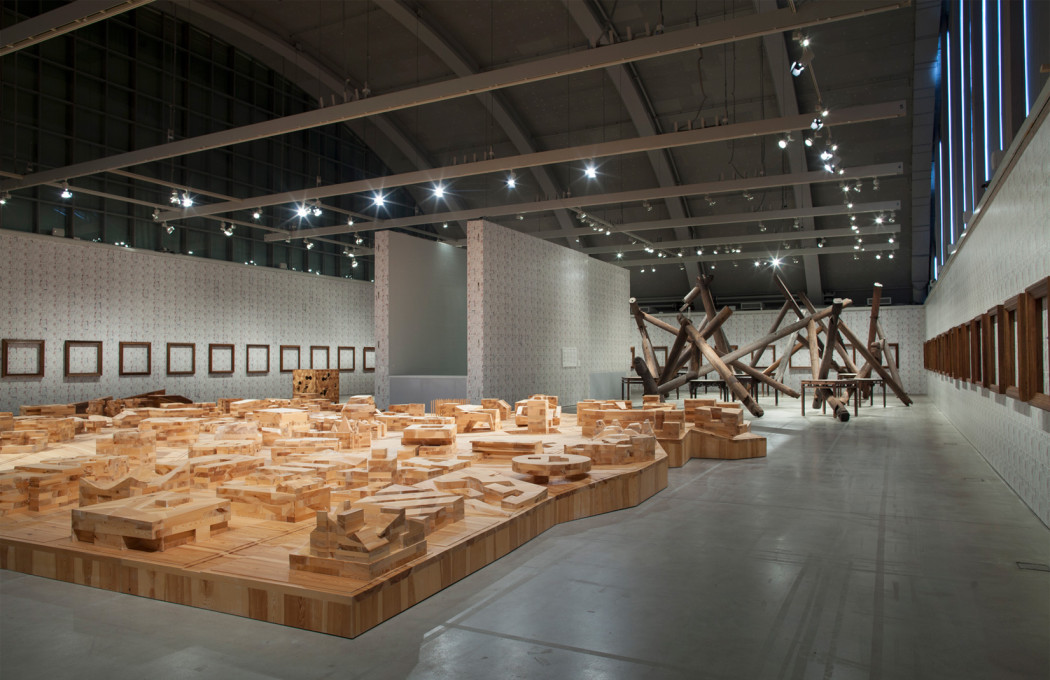
‘Ordos 100 Model’, 2011 and ‘Frames’, 2013 by Ai Weiwei. Photography: HAM / Maija Toivanen
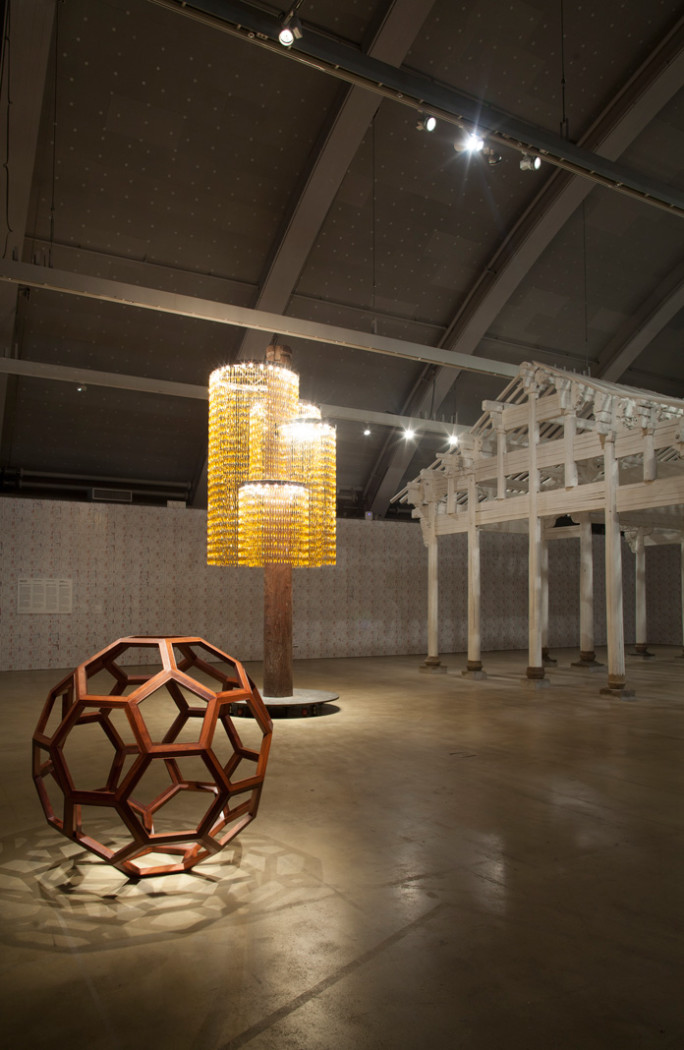
‘Divina Proportio’, 2012, ‘Traveling Light’, 2007 and ‘White House’, 2015 by Ai Weiwei. Photography: HAM/ Maija Toivanen
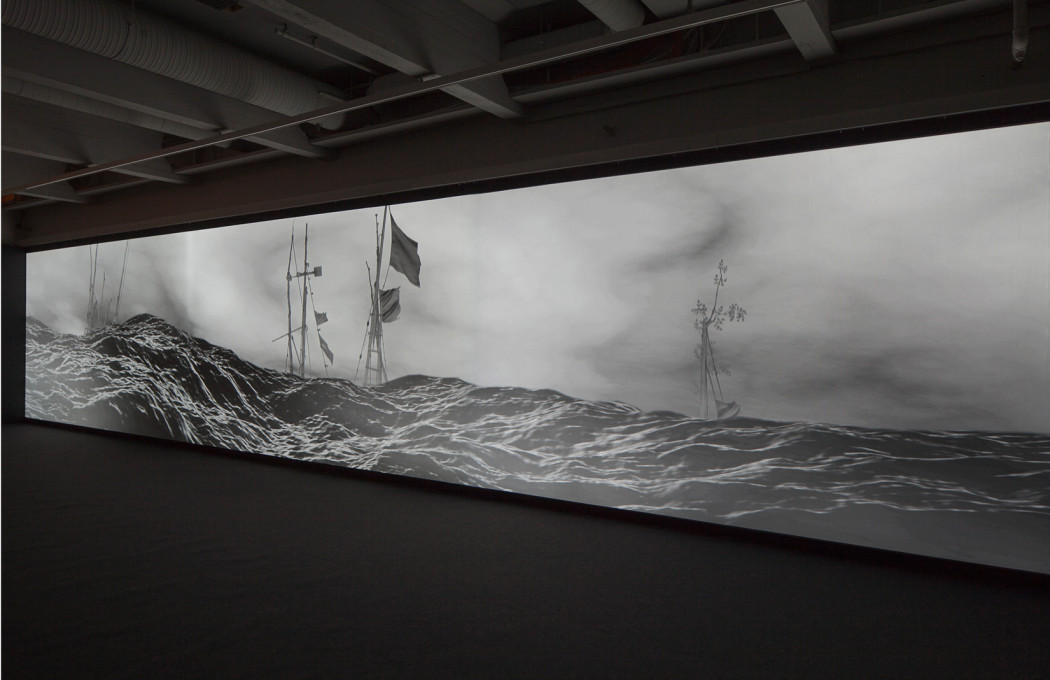
‘Arkhipelagos (Navigating the Tides of Times)’, 2013 by IC-98. Photography: HAM / Hanna Kukorelli
If two million people walk through your building every year, yet only five percent venture inside its museum, you have a problem. But how to solve it?
After 14 months of renovations, Tennispalatsi – architect Helge Lundström’s 1937 functionalist showpiece – reopens to the public. Though already a popular entertainment destination for its cinema, the building’s new mission is to tempt cinema-goers upstairs to HAM – the freshly rebranded Helsinki Art Museum.
‘The cinema gets two million visitors per year,’ says Saara Suojoki, HAM’s marketing manager, ‘but in 2014 we only had around 100,000 visitors to the museum. Much of the renovation was about better connecting the two with clearer signage and a new stairway leading directly to the museum.’
HAM’s art programme will, of course, play a huge part in attracting visitors. To this end, they’ve reeled in the bigwigs, relaunching with Ai Weiwei – whose large-scale installations are perfectly in synch with the soaring spaces of the upper galleries – and IC-98, Finland’s representatives at this year’s Venice Biennale.
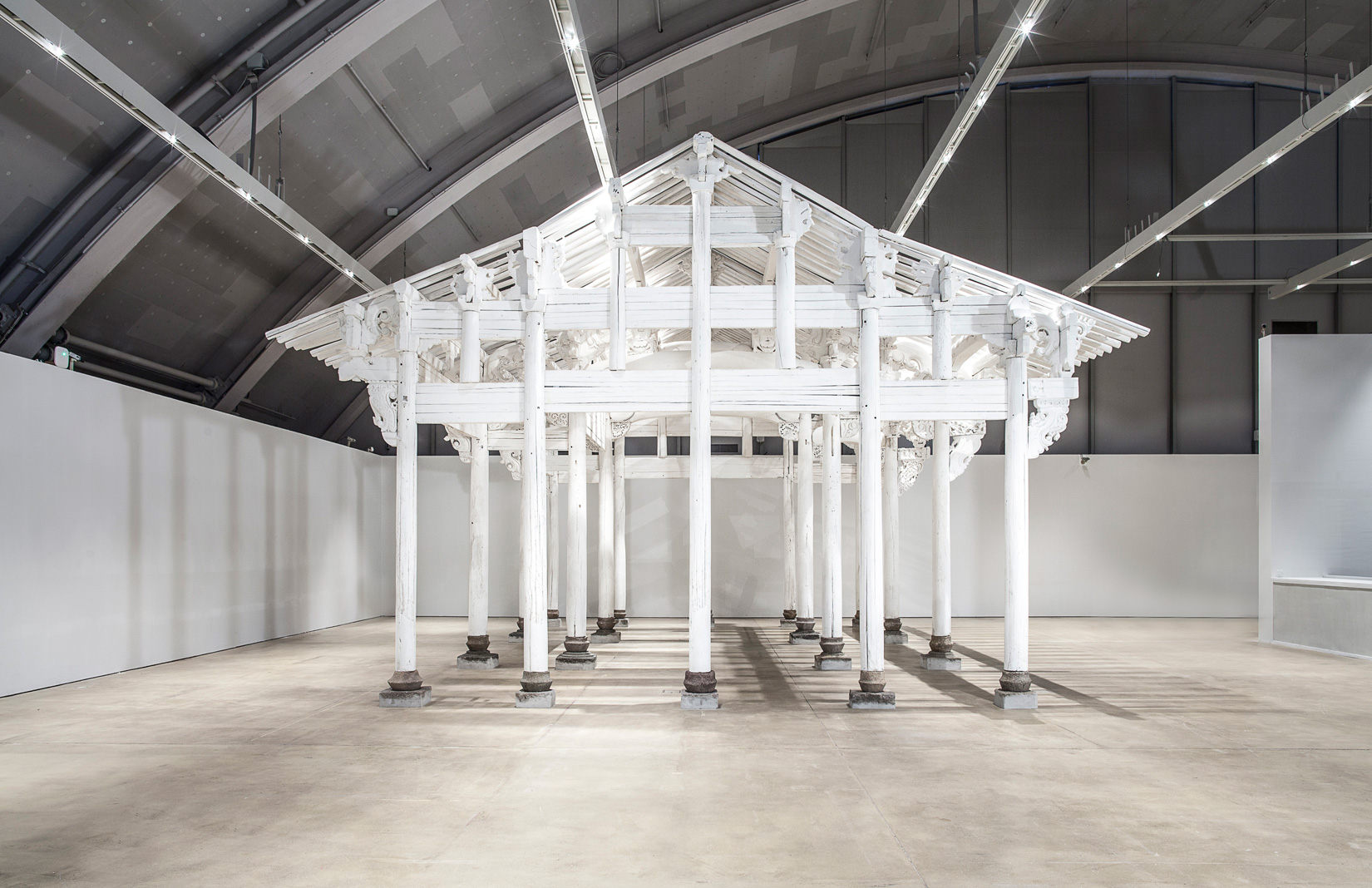
But what architectural tricks have the employed to bring visitors through the doors?
‘Much of the renovation was about better connecting the spaces with clearer signage and a new stairway leading directly to the museum,’ says Suojoki.
Tennispalatsi was originally conceived as a service facility for the 1940 Olympic Games. Several tennis courts were later installed on a newly-built third floor, under the vaulted ceilings, earning the building the name the ‘Tennis Palace’. The building was converted to its current use in the late 1990s.
Architects NRT worked closely with urban design planning initiative, Design Driven City, on its renovation, but took a deliberately light touch. ‘It wasn’t about changing the nature of the space,’ says DDC’s Pablo Riquelme, ‘[It was about making] the museum more visible within the building, easier to access and more inviting.’
HAM has expand its footprint to 3,000 sq m thanks to the departure of former neighbour, Museum of Cultures. ‘The biggest difference,’ explains HAM Director Maija Tanninen-Mattila, ‘is that we’ve doubled in size, which brings challenges but also fantastic opportunities. That’s why we re-opened with Ai Weiwei. He wasn’t at all intimidated by the space, which is now the largest for exhibiting contemporary art in the Nordic countries. And that’s quite a responsibility.’
